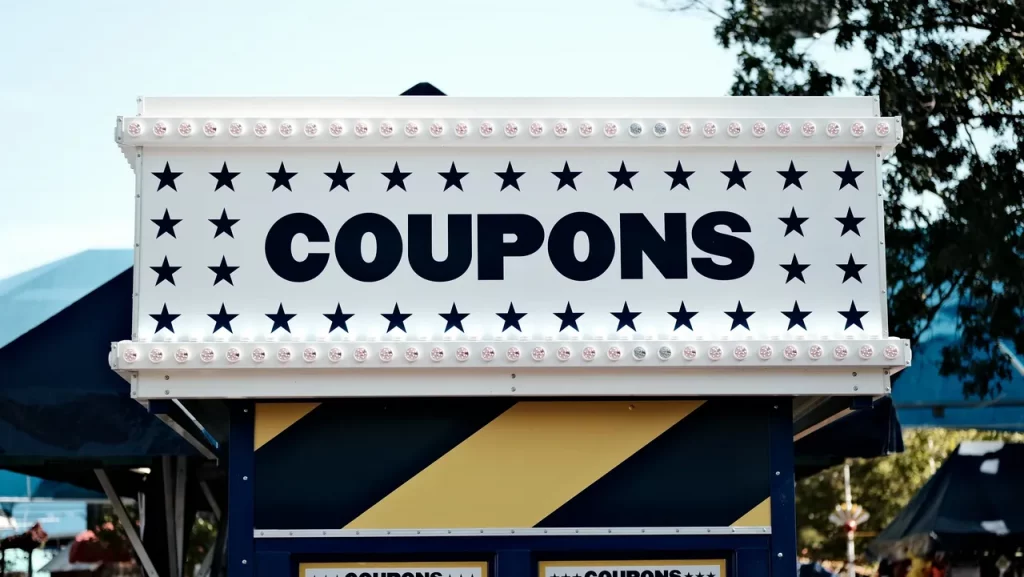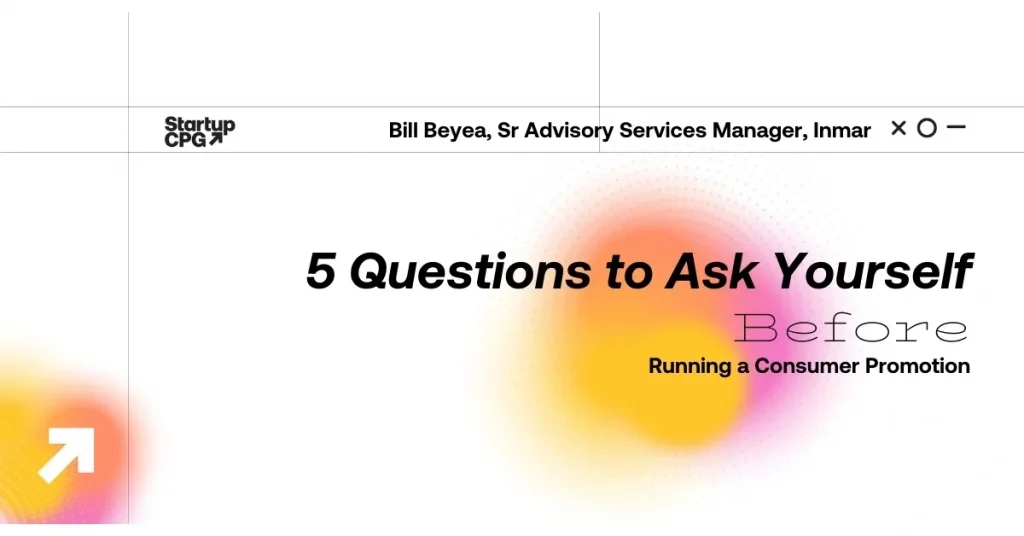5 Questions to Ask Yourself
Before Running a Consumer Promotion
Bill Beyea serves as Senior Advisory Services Manager, FinTech. As part of the Advisory Services team, Bill works with CPG brands to find and develop the right solutions to optimize their coupon promotion planning and maximize the performance of their programs.
Looking to drive purchases with stronger consumer promotions? You’re in the right place.
Consumer promotions can be one of the most powerful tools in your marketing arsenal, but only if you plan and implement them effectively. Whether you’re just getting started with your very first promotion, or are looking for ways to strengthen existing consumer promotions , it’s important to ask yourself five core questions
When done right, consumer promotions are a powerful tool for driving purchase and building brand equity. Although they may seem simple on the surface, there are important strategic and tactical considerations that will influence just how successful a consumer promotion will be.
Before you run your next consumer promotion, be sure you’re confident in your answers to these five questions:
First things first — strategy
1. Why am I running this promotion?
The answer to this question will inform everything else. Although consumer promotions can support a variety of brand objectives, you’ll want to identify a primary objective so execution can be tightly aligned with strategy. Some common objectives are:
- Move more volume
- Drive trial/awareness for a new item
- Gain new shoppers
- Support specific retailers
- Protect against/go after an aggressive competitor
- Grow specific markets
2. What does success look like?
Once you’ve determined your primary objective, it’s time to determine how you’ll measure success. Choose specific metrics to measure against, and set quantifiable thresholds for those metrics.
The metrics you choose will depend on your primary objective. For example, if you want to move more volume, you might be most interested in a high redemption rate. If your primary objective is to gain new shoppers, you’ll want to look at shopper-level sales data to ensure you’re not cannibalizing your existing shoppers.
These contextual factors will also influence your success criteria:
- Performance of your past promotions (if applicable)
- Performance benchmarks within your product category
- Performance trends of the specific offer method(s) you plan to run
It’s important to be equipped with all of this information, so you can be as intentional as possible during the planning process.
Next, connect your strategy to execution
3. Which promotion method makes the most sense?
There are over 40 different promotion methods, ranging from paper offers to digital. Depending on the promotion method, you can reach shoppers before, during or after purchase.
Not all methods are created equal, and the right method to match your strategy depends on your primary objective and success metrics. For example, free-standing-inserts (FSIs) are inexpensive and great for widespread distribution, whereas digital offers can be targeted to specific shopper segments and more easily connected to sales lift.
4. How much should the offer be worth?
Determining the value of an offer is more complicated, and has broader economic implications, than it may seem. In addition to the value of the offer, you also have the ability to dictate the purchase requirements (e.g., Buy 1 and get $0.50 off or Buy 2 and get $1.00 off).
Here are some things to consider when determining your offer value and purchase requirements:
- What will a consumer actually pay, per item, after redeeming my offer?
- Will it beat my key competitor’s price? What if they are on sale?
- Will it beat the private label price?
- Will I erode my brand equity if the offer is too low/too often?
- How many products are my shoppers willing to purchase?

5. When is the best time to publish the offer?
Timing is everything when it comes to consumer promotions. Putting an offer in the market at the right time is as important as the offer itself.
These factors will influence the best time to run an offer include:
- Product seasonality
- Competitive activity
- Key sales/drive periods that you want to align with
Last but not least, tie it all together
Once you’ve answered these questions, you’ll be exponentially more prepared to run a successful consumer promotion. If it seems a little daunting, it doesn’t have to be.
For help answering these questions and developing consumer promotion strategies that support your primary objectives, click here.




All Comments